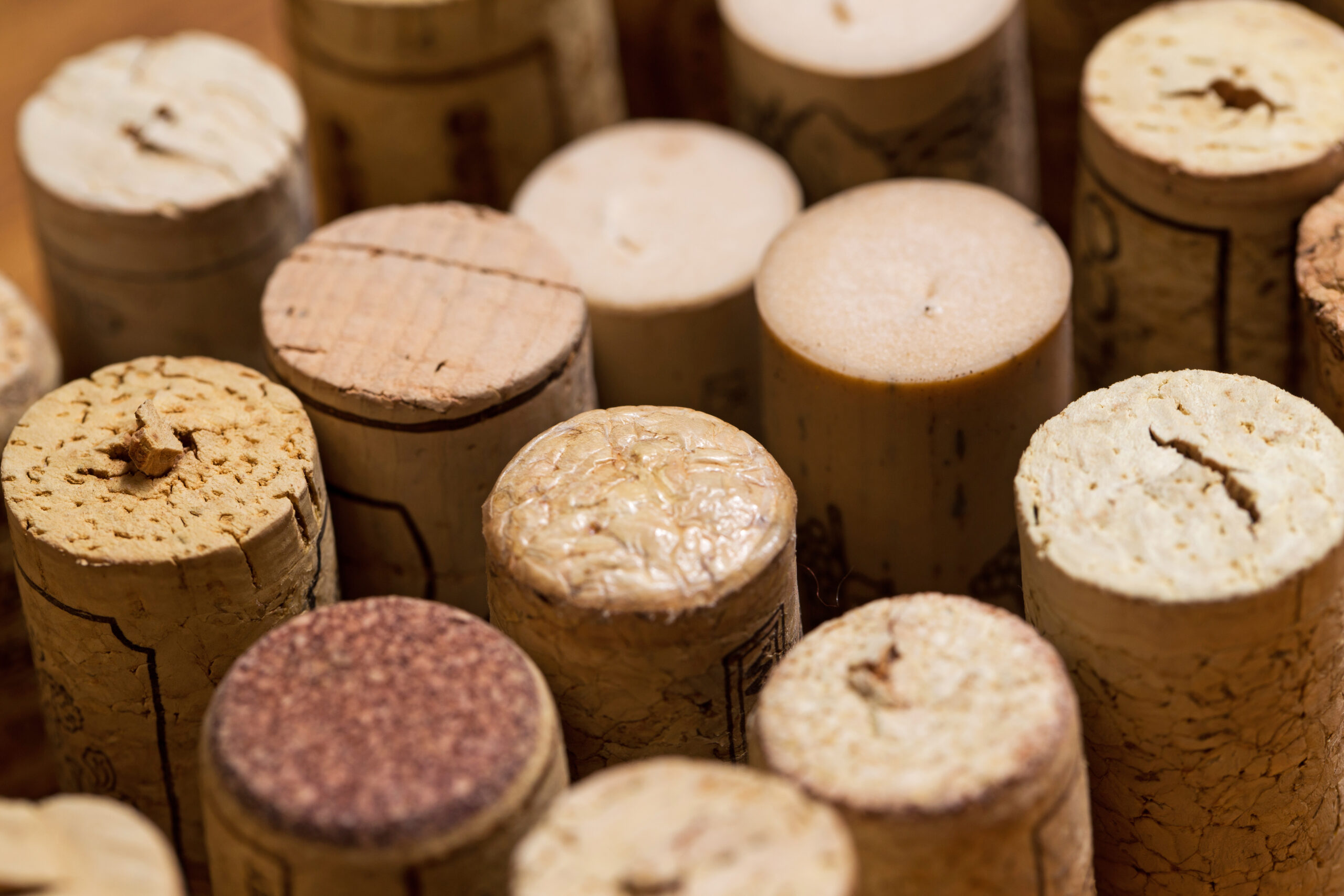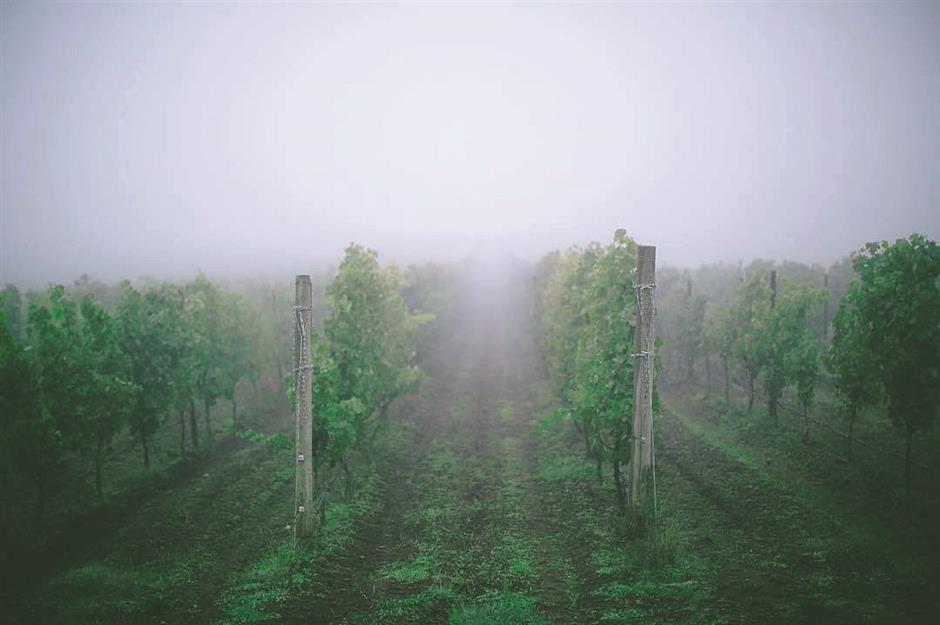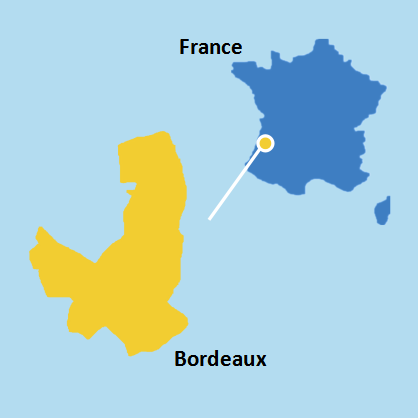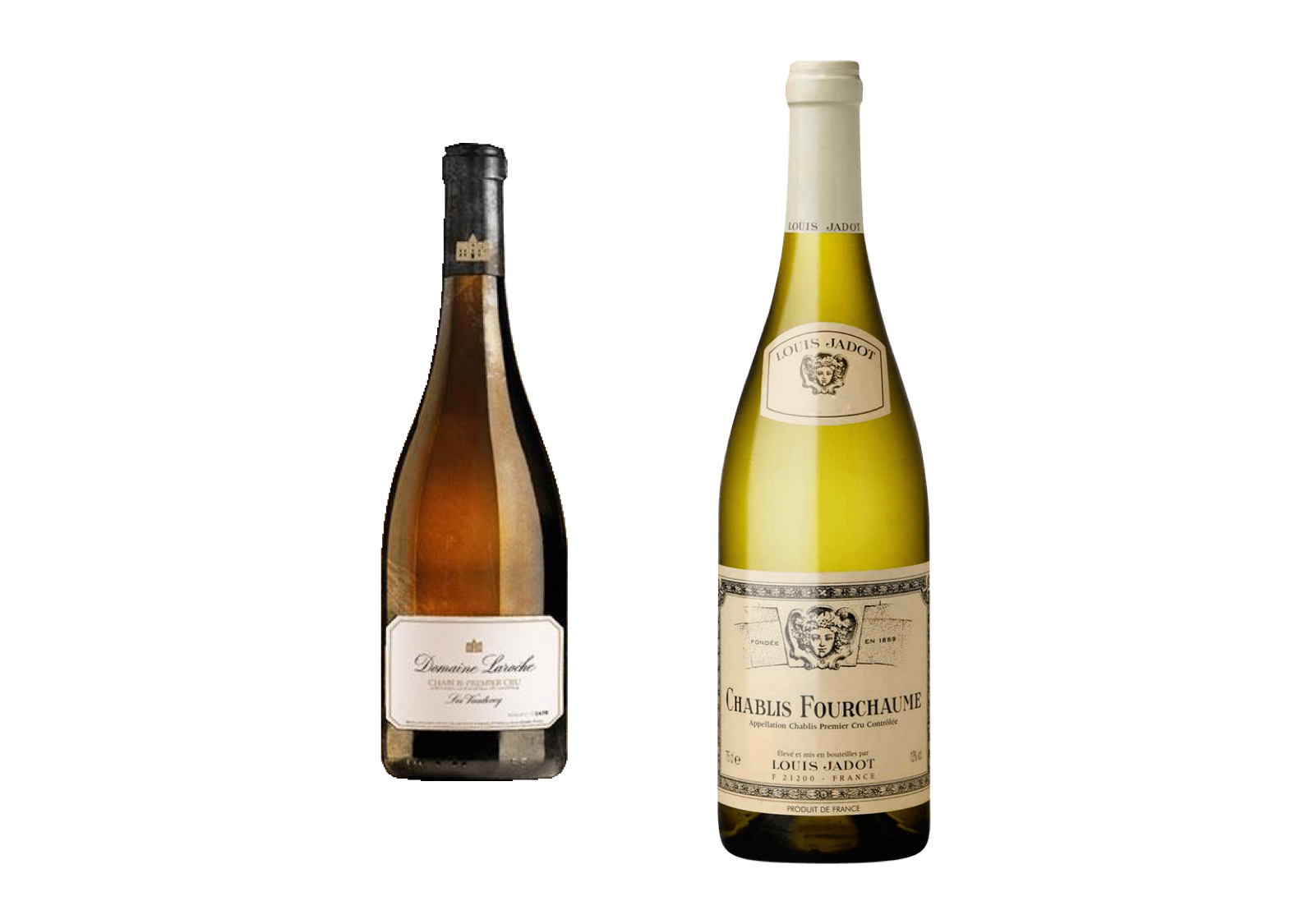The title of this week’s column may cause some readers to question whether I’ve been tipping the glass a few too many times, but the reality is that Britain has played an important role in the history and defining the style of wines. Normally when thinking about winemaking we conjure up thoughts of the big three of Europe, France, Italy and Spain or perhaps some of the dynamic wine region of the New World. You might be surprised to know that Great Britain makes some pretty impressive wines. The wine industry in England and Wales has always been small but recently it has garnered greater attention.
Short history
Like many viticulture regions of Europe, winemaking in Great Britain started with the Romans. They planted vines but experienced limited success due to the cold climate, frequent rains and lack of sunshine. When the Normans arrived in 1066 they likewise brought vines and encountered the same climatic frustrations the Romans faced. Nonetheless winemaking kept it precarious foothold in Britain and even had a brief period of flourish when monasteries and noblemen in southern England and Wales planted more vines in the 14th and 15th centuries. Historians estimate there were up to 200 wineries making a variety of wines. Then from 1536-1541 Henry VII dissolved the monasteries and British winemaking went into a precipitous decline.
A small number of wineries continued to produce wine as Britain entered the Industrial Age but the combination of climatic and manmade challenges kept the winemaking industry in check until after the Second World War. From the 60s through the 80s there was another spurt of growth that leveled off in the 1990s resulting in the size and scale of the British industry today. There are over 350 wineries in Britain producing mostly white wine. The problem has always been one of weather and economics. It’s difficult and costly to produce wines in Britain, but despite this adversity a few wineries are making some surprising good wines.
I’ve even heard of a gutsy chef in Scotland who has planted Riesling vines in an attempt t make a wine in what must be the most weather-challenged wine area of the world. He may well be pushing things too far and even he has been quoted as saying that there’s an even chance the resulting wines will be used for vinegar.
All of the more recognized wineries are located in the south and they include Denbies Vineyard in Surrey, Chapel Down Wines in Kent, Three Choirs Vineyards in Gloucestershire and Yearlstone Vineyard near Exeter. All four wineries make prize-winning white and sparkling wines that have a limited but loyal following among wine lovers. Unfortunately, I’m almost certain these wines are not available in China.
Style maker
Great Britain has never been and probably never will be more than a niche player in winemaking. Mother Nature dictates these limitations. Some Brit friends tell me that global warming will allow the UK wine industry to flourish, but how can one really looking forward to global warming. The future of winemaking in Britain may be a debatable topic, but no one can deny the essential influence of Britain in the development of modern wines. Here are three intriguing examples of how Britain played a key role in the style of some of our most beloved wines.
Bordeaux
Britain didn’t just influence Bordeaux, for over three centuries they owned it. In 1152 Eleanor of Aquitaine marred the future King Henry II of England and a large portion of southwest France that included Bordeaux was part of her dowry. When Henry’s son John ascended to the throne he endeavored to incur favor with the people of southwest France and one of his principal acts was to exempt Bordeaux merchants from English import taxes. Suddenly Bordeaux became the cheapest wine on the market and the favored wine of Brits who to this day still affectionately refer to Bordeaux wines as claret. It wasn’t until the end of the Hundred Years War in 1453 that Bordeaux was returned to France but by then the British taste and style was indelibly stamped on Bordeaux wines.
Fortified wines
After the return of Bordeaux to the French the English were forced to look elsewhere for wine and a natural geographic choice was the Iberian Peninsula. Both Spain and Portugal were making good wines at reasonable prices, but there was one mitigating factor. When the Iberian wines arrived in barrels at English docks they were often spoiled. The longer journey and different wine varietals and methods in Spain and Portugal resulted in greater wine spoilage. The ingenious solution by the British traders was to fortify the wines using a process where a small amount of neutral alcohol is added to wine making it more resistant to travel and the environment. Hearty Sherry and Port wines became all the rage in Britain and hence a new style of wine was created. Fortified wines while not as fashionable as they once were are still among the greatest wines in the world.
Champagne
Who put the bubbles into Champagne? The monk Dom Perignon often gets the credit, but the true history of bubbles and Champagne is a lot more controversial. But in 1662, a full six years before the young Dom Perignon arrived at the Abbey of Hautvillers to become their wine master and decades before he reputedly discovered the art of bubbles in wine, the English scientist and physician Christopher Merret published a paper to the Royal Society in London detailing the addition of sugar to induce a second fermentation that results in wine with bubbles. Today this process is commonly referred to as the Champagne method.
Who first discovered the art of bubbles may be a contentious subject, but who enabled Champagne to become a viable export product is not. After bubbles appeared in their wines, Champagne merchants soon encountered the rather terrifying and cost problem of bursting bottles. The glass technology in France at the time was not advanced enough to make glass able to withstand the four or five atmospheres of pressure of sparkling wines. Being around bottle of Champagne at the time was quite a risky proposition. Guess who came to rescue? None other than the wine loving Brits who used coal-fueled ovens to make more durable glass than the French were making using wood-fired ovens.
Until the late 17th century the common practice in Champagne and elsewhere in France was to use glass or wood as closures for the bottles. These materials worked about as well as the fragile French bottles. Using their close connection with merchants on the Iberian Peninsula the English were instrumental in rediscovering the lost art of using cork to close bottles. The Romans used cork closures thousands of years ago but the practice was lost after the fall of the Roman Empire. The next time you hear a Champagne cork go POP, think British!
The English had one more critically important influence of the incomparable beauty of modern Champagne. Prior to the 19th century most Champagne was sweet. In the mid 19th century the Champagne house Perrier-Jouet decided not to sweeten their 1846 Champagne destined for London. Three decades later the term Brut that refers to dry Champagne was first used in the British market. So the next time you sip the heavenly elixir that Champagne has evolved into, I suggest a toast to the ingenuity and discern palates of the British. After all, they helped create it!





